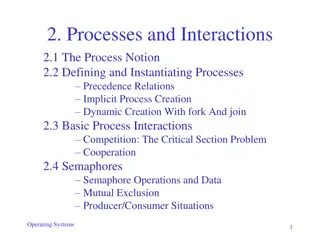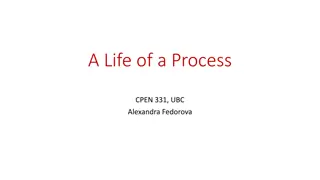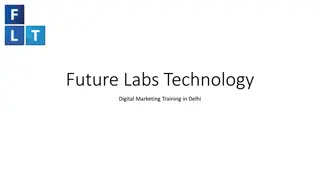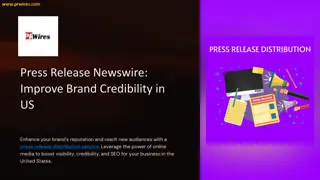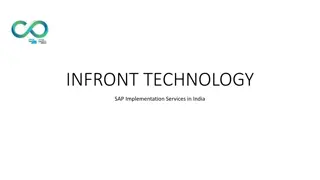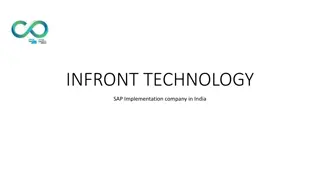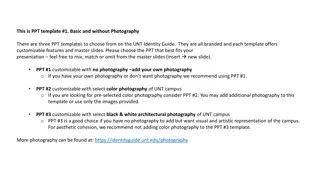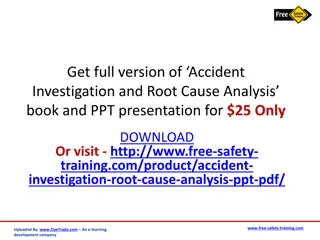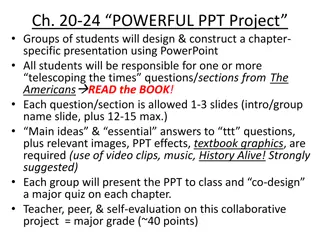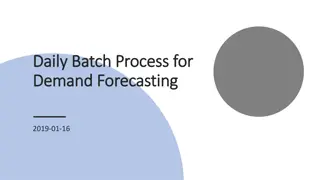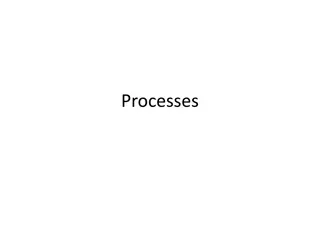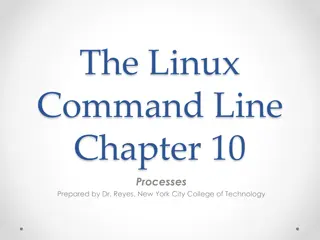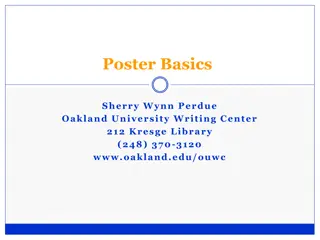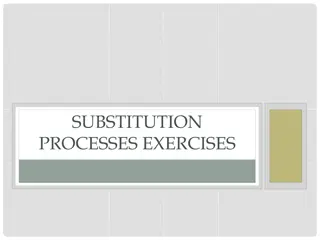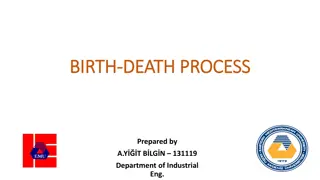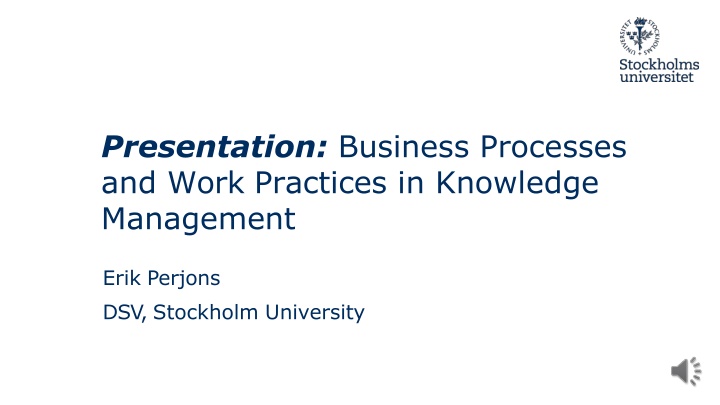
Understanding the Relationship Between Business Processes and Work Practices
Exploring the dynamics of business processes and work practices in knowledge management, this presentation delves into the key characteristics of work practices as suggested by Adler and Pouliot (2011). It contrasts work practices that emerge bottom-up from agents' activities with top-down designed business processes. The role of processes in structuring daily work and the potential impact on creativity and flexibility are also discussed.
Download Presentation

Please find below an Image/Link to download the presentation.
The content on the website is provided AS IS for your information and personal use only. It may not be sold, licensed, or shared on other websites without obtaining consent from the author. If you encounter any issues during the download, it is possible that the publisher has removed the file from their server.
You are allowed to download the files provided on this website for personal or commercial use, subject to the condition that they are used lawfully. All files are the property of their respective owners.
The content on the website is provided AS IS for your information and personal use only. It may not be sold, licensed, or shared on other websites without obtaining consent from the author.
E N D
Presentation Transcript
Presentation: Business Processes and Work Practices in Knowledge Management Erik Perjons DSV, Stockholm University
What is work practices? Adler and Pouliot (2011) suggest five key characteristics of a work practice: practice is performance, i.e., the process of doing something, 1) practice tends to be patterned, i.e., actions are repeated over 2) time and space, practice is more or less competent in the meaning that it can be 3) done correctly or incorrectly in a socially recognizable way . cont Adler, E., and Pouliot, V. (2011). International practices: introduction and framework.In: Adler E, Pouliot V (eds) International Practices. Cambridge University Press, pp. 3 35.
Work practices Adler and Pouliot (2011) suggest five key characteristics of a work practice: ... cont practice rests on background knowledge, and 5) practice weaves together the discursive and the material world, 6) i.e., without written and spoken communication people cannot make a difference between behavior and practice, and artefacts in the material world are used to carry out the practice Adler, E., and Pouliot, V. (2011). International practices: introduction and framework. In: Adler E, Pouliot V (eds) International Practices. Cambridge University Press, pp. 3 35.
Business processes vs. Work practices The notion of practice is often compared and contrasted to that of business processes Work practices - emerge bottom-up from the activities of agents and reflect their knowledge and experience as these have developed over time Business processes - are designed top-down by managementand imposed on employees with or without their consent. (Brown and Duguid,2000)
Business Processes Processes organize and structure the daily work in an organization. Processes are often expressed explicitly in task descriptions, process diagrams, and/or handbooks Processes - enable management to establish an efficient work organization that ensures reliable and consistent results (Brown and Duguid,2000)
Processes Processes - may hamper creativity and flexibility. Newly introduced process - can break down existing work practices, thereby disrupting the working of an organization. (Brown and Duguid,2000)
Work Practices Practices - provide fertile ground for invention and adaptability Practices - are challenging to manage and can easily become inefficient. (Brown and Duguid,2000)
Balance processes and practices Managers need to balance between processes and practices to provide structure and efficiency and at the same time foster innovation and creativity If you lean too much towards practices: new ideas is bubbling up all the time, but there is a lack of structure for harnessing them. If you lean too much towards processes: you will get a lot of structure but little freedom of movement including the creation of innovation (Brown and Duguid,2000)
How to balance practices and processes? In order to balance practice and processes that, practices need to be identified, understood and disseminated - since processes are often already documented in process diagrams or in text form Challenge to identify work practices: This could be a challenging task since there is a gap between the way work is described in work descriptions and the way employees actually work within a practice. How to identify practices: Observe the practices in reality otherwise the tacit knowledge is missed (Brown and Duguid,2000)
Xerox case The Xerox reps have created a community of practice that develop a collective pool of practical knowledge The reps met informally and shared knowledge about different machines, ways of workings, issues, methods used The reps did something else compared to what they are expected to do. They address problem in a way not specified in process decriptions. (Brown and Duguid,2000)
Xerox case The Xerox reps have created a community of practice that develop a collective pool of practical knowledge The reps met informally and shared knowledge about different machines, ways of workings, issues, methods used The reps did something else compared to what they are expected to do. They address problem in a way not specified in process decriptions.
Relating knowledge to the business process What type of knowledge is needed in eachactivity? Receive referralfrom primarycare Book a physician at the hospital or sendit to an externalclinic Decideabout referral
Relating knowledge to the business process What type of knowledge is needed in eachactivity? -Knowledge about how to interprettext onreferrals -Knowledgeabout medicalsymptoms -Knowledge about which physicans or clinics has the rightskillset -Addresses to physicans orclinics -Templates to be usedto forwardingreferral - Knowledge of howto manage incoming referrals Receive referralfrom primarycare Book a physician at the hospital or sendit to an externalclinic Decideabout referral
Just-in-Time Knowledge Management Just-in-time knowledge management (JIT-KM) - usually refer to the goal to provide the right information, to the right people, at the right time just in time so they can take action based on that information. What type of knowledge is needed in eachactivity? -Knowledge about how to interprettext onreferrals -Knowledgeabout medicalsymptoms -Knowledge about which physicans or clinics has the rightskillset -Addresses to physicans orclinics -Templates to be usedto forwardingreferral - Knowledge of howto manage incoming referrals Receive referralfrom primarycare Book a physician at the hospital or sendit to an externalclinic Decideabout referral
Benefits of JiT KM Manage information overload there is so much info available that the knowledge worker (for example, a phycisian) cannot absorb it all but by providing the right information, to the right people, at the right time this can really support the knowledge worker Avoid making knowledge management as a separate activity to the everyday work processes and instead bake it into the technology, and the technology can provide the knowledge worker with up-to-date information needed in a certain activtity The technology can warn the knowledge worker when he/she make actions in the systems which can violate some rules and other info (Davenport & Glaser,2002)
Drawback of JiT KM Time-consuming and expensive to embed knowledge management into everyday work processes, especially if new knowledge is added in a high pace Need to convince knowledge worker to work in a new way


